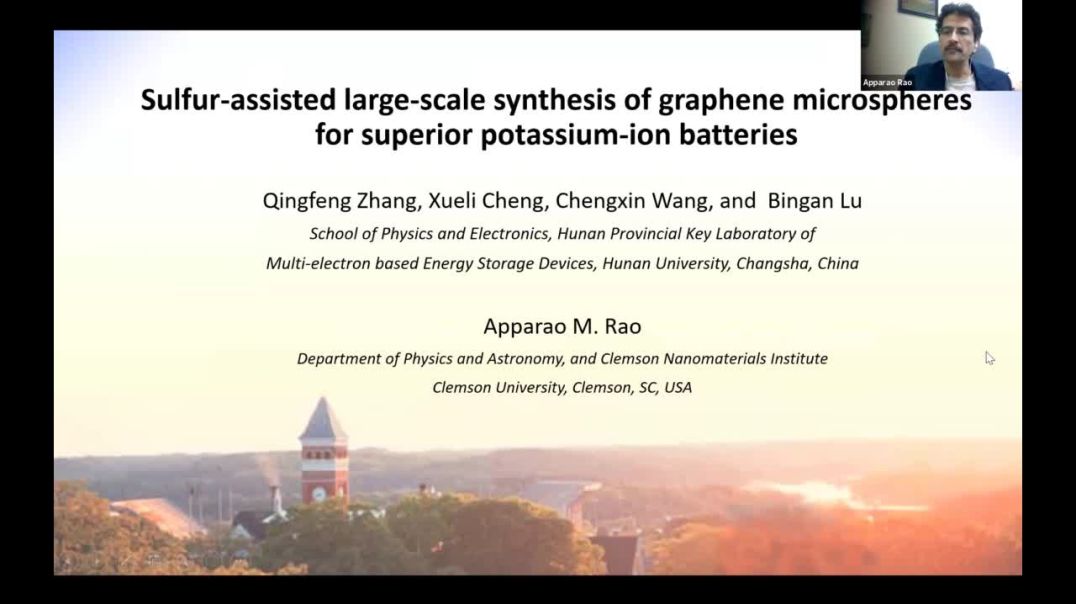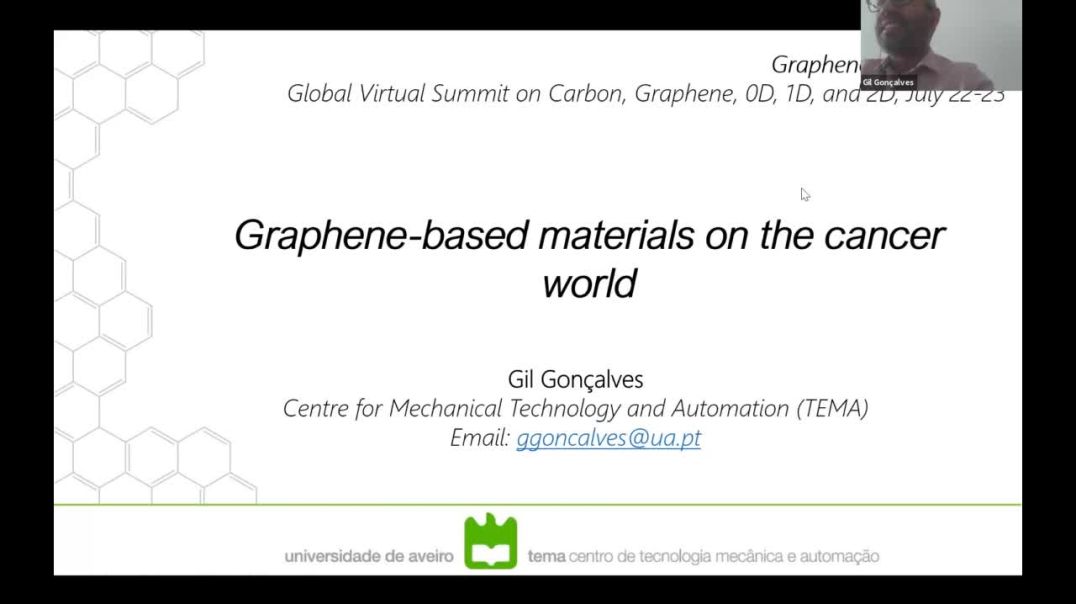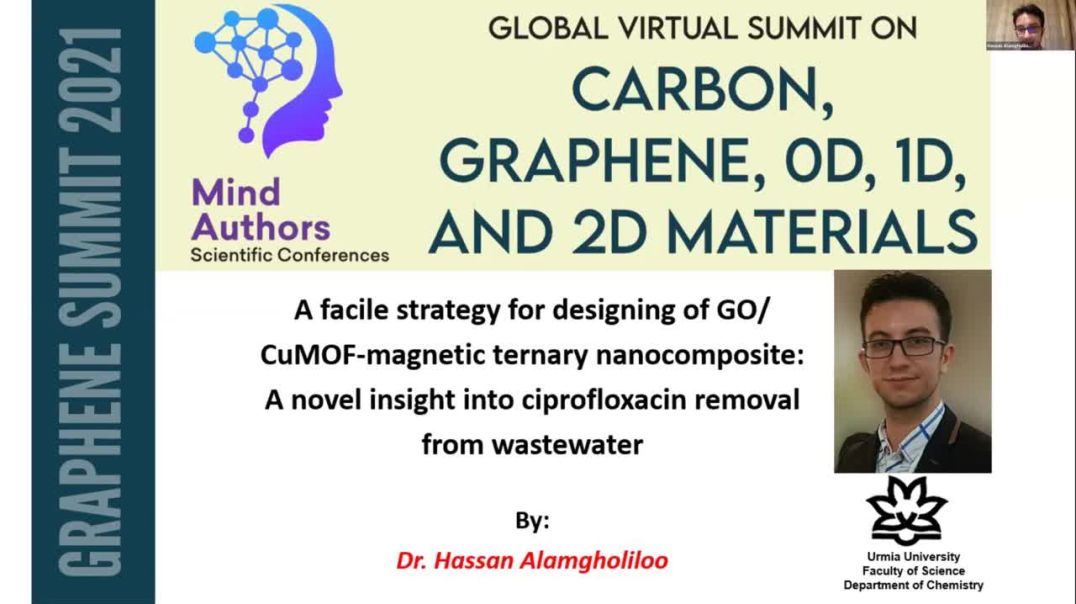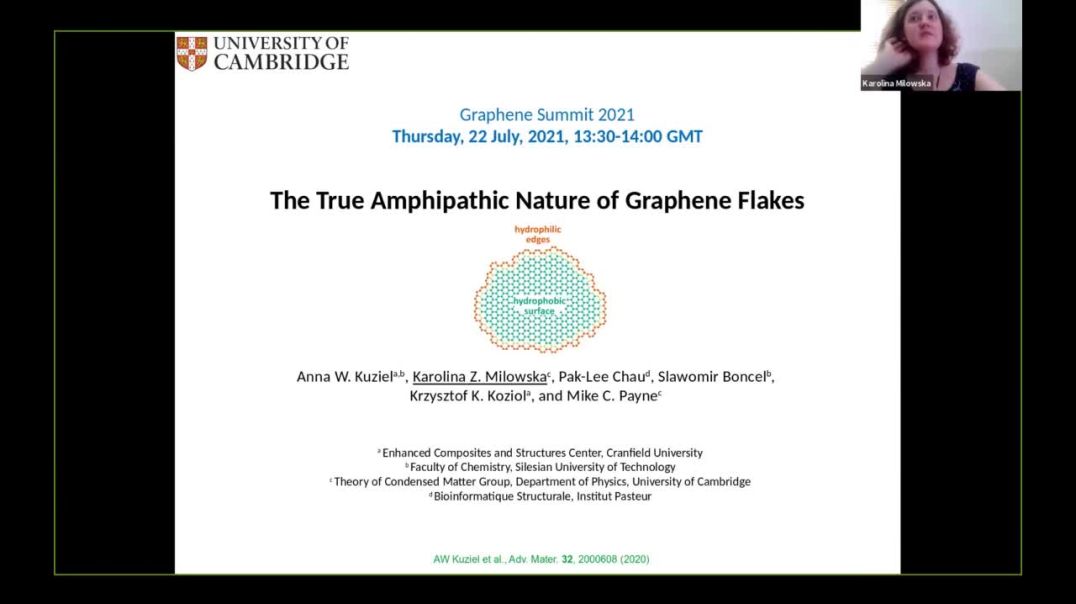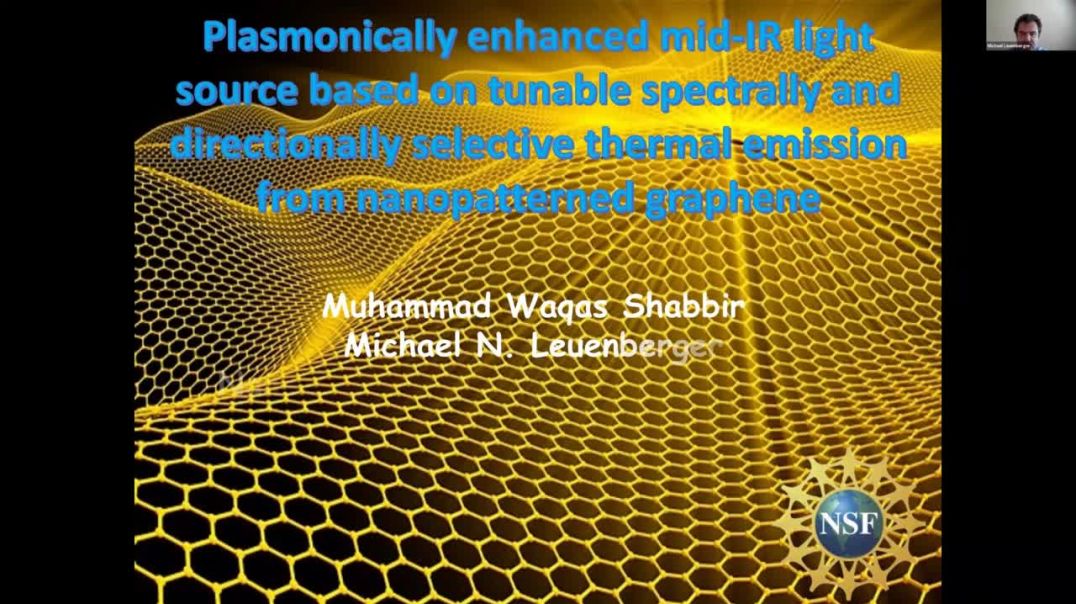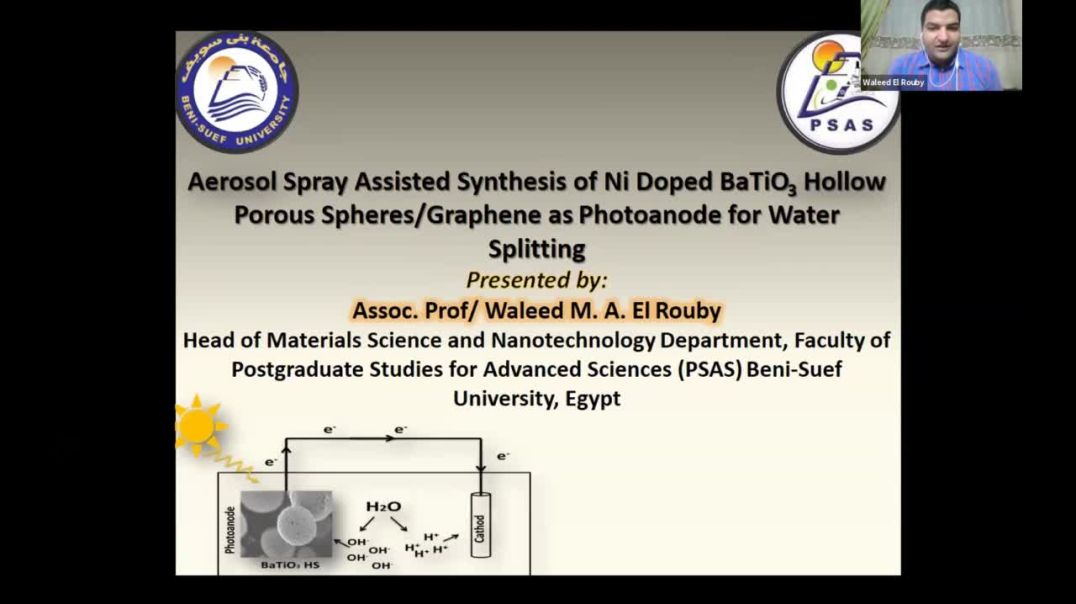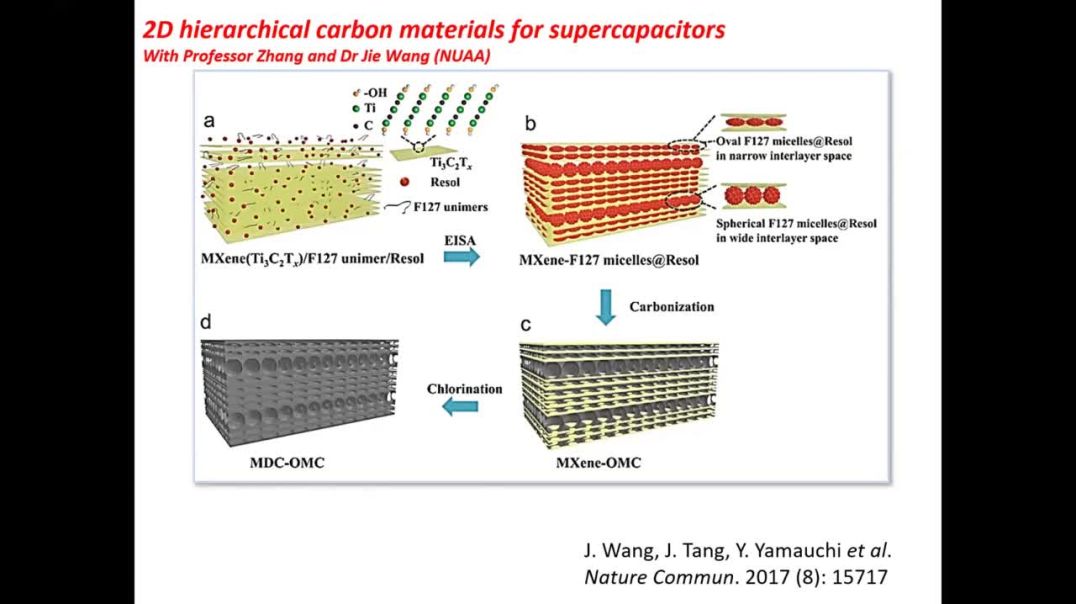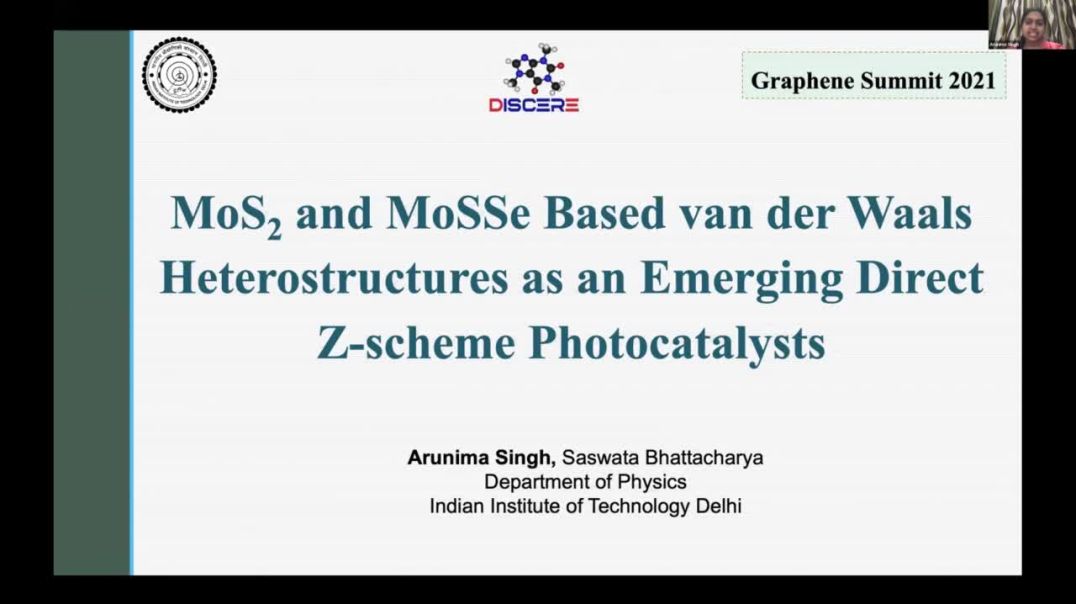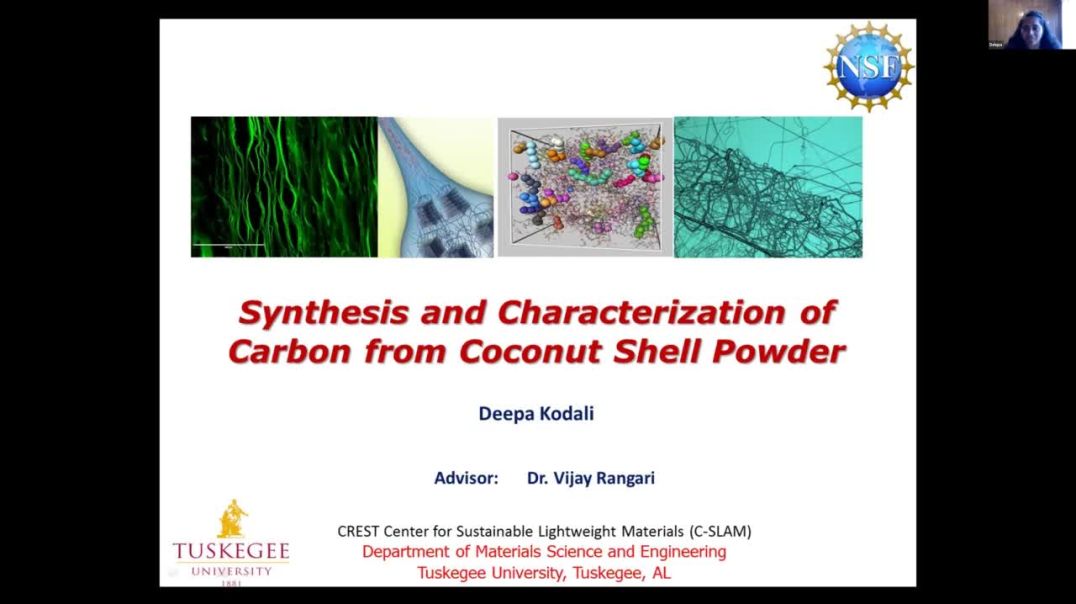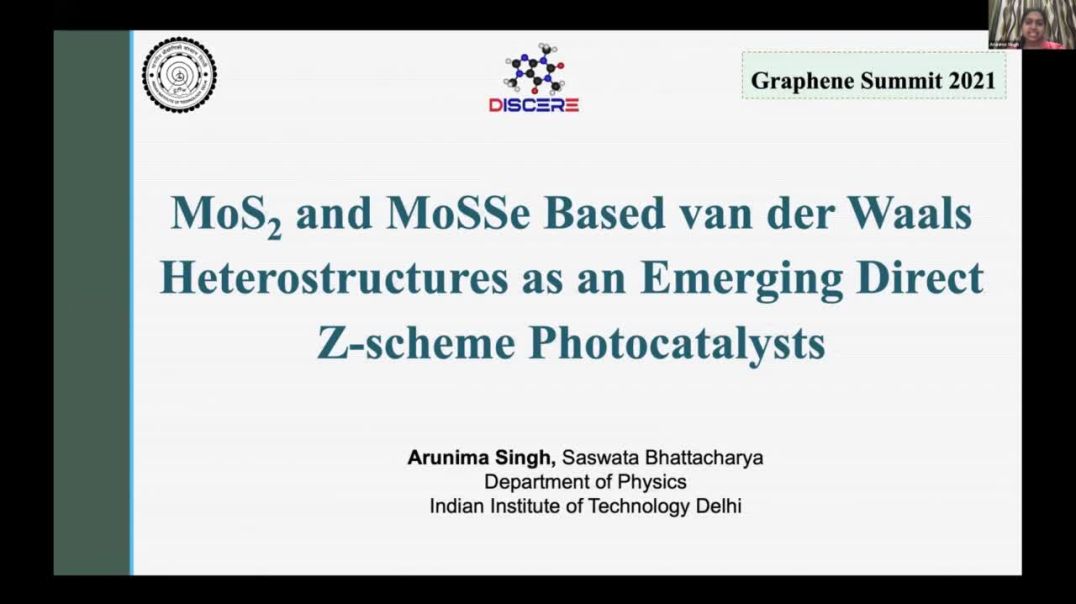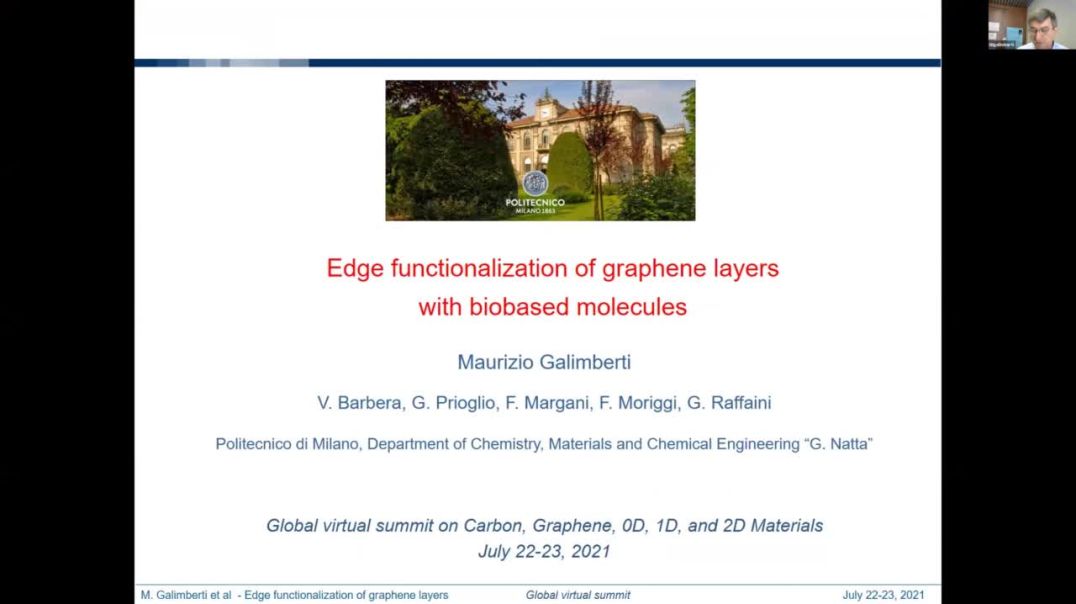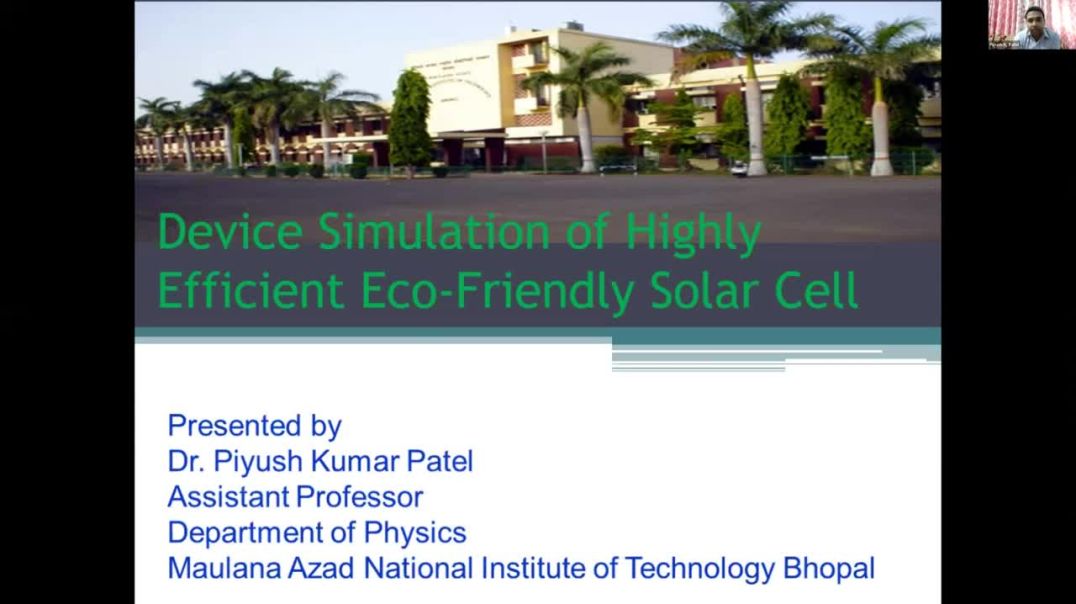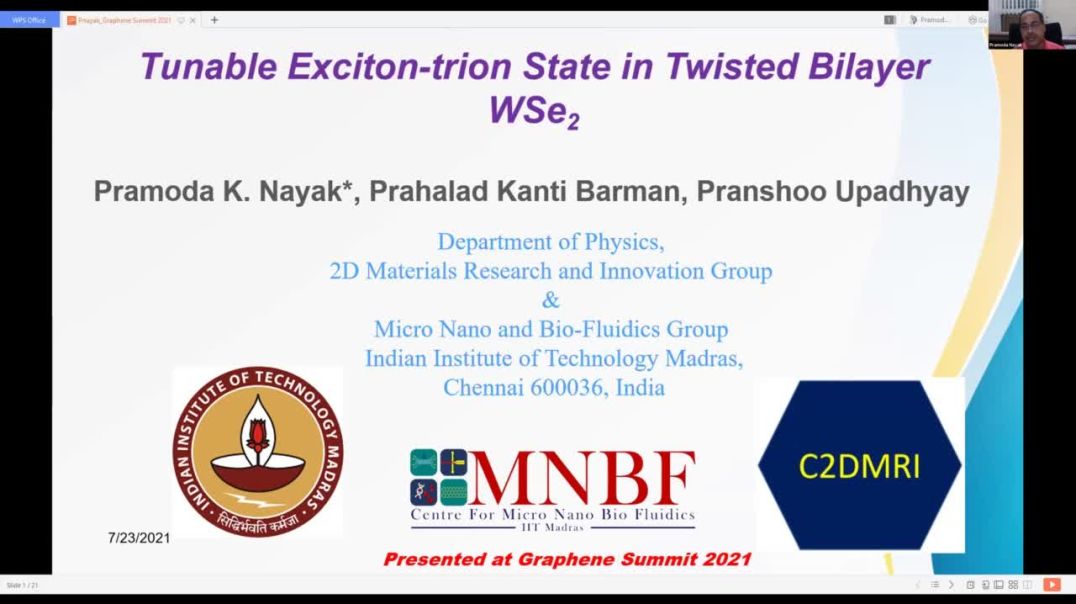Electrochemical performance of CuO anode material | FERNANDO
Summary ;
CuO is currently used in various type of applications including gas sensors, solar energy conversion, photocatalysis, and lithium-ion batteries (LIBs). Among them, CuO has been found more attentions for LIBs due to its high theoretical capacity (674 mAhg-1), good capacity retention, low cost, non-toxic nature, and ease of storage. The electrochemical performances of CuO mainly depend on crystallinity and morphology, which significantly depend on the synthesizing technique. The hydrothermal method, which is a promising process that improves the crystallinity with favorable morphology for electrode materials has not well been studied and hence this study aims for preparing CuO anode materials using the hydrothermal method. The coin cells were assembled in an argon-filled glove box with anodes fabricated with synthesized CuO, lithium as the reference electrode and counter electrodes, and non-aqueous electrolyte of 1M LiPF6 in ethylene carbonate and dimethyl carbonate (1:1wt%). Galvanostatic chargedischarge testing performed on the cells showed a significantly high initial specific discharge capacity of 987.3 mAhg-1 while maintaining high Coulombic efficiency of around 99% over 50 cycles. Even though higher irreversible capacity of 313.8 mAhg-1 showed for the 1st cycle, a lower irreversible capacity of 7.6 mAhg- 1 showed for the 50th cycle.
About Author :
Roshan Fernando is currently a Research Assistant attached to the Nanotechnology and Advanced Materials project of the National Institute of Fundamental Studied (NIFS). He has obtained his first degree in Physics from the University of Kelaniya in 2014 and M.Phil in Material Physics from the University of Kelaniya in 2019. He joined the NIFS in 2020 and now reading for his PhD from the Postgraduate Institute of Science, University of Peradeniya. His research focuses on the development of electrode and electrolyte materials for novel rechargeable batteries. His research interests include synthesis materials for energy storage systems and electrochemistry for energy storage applications.

